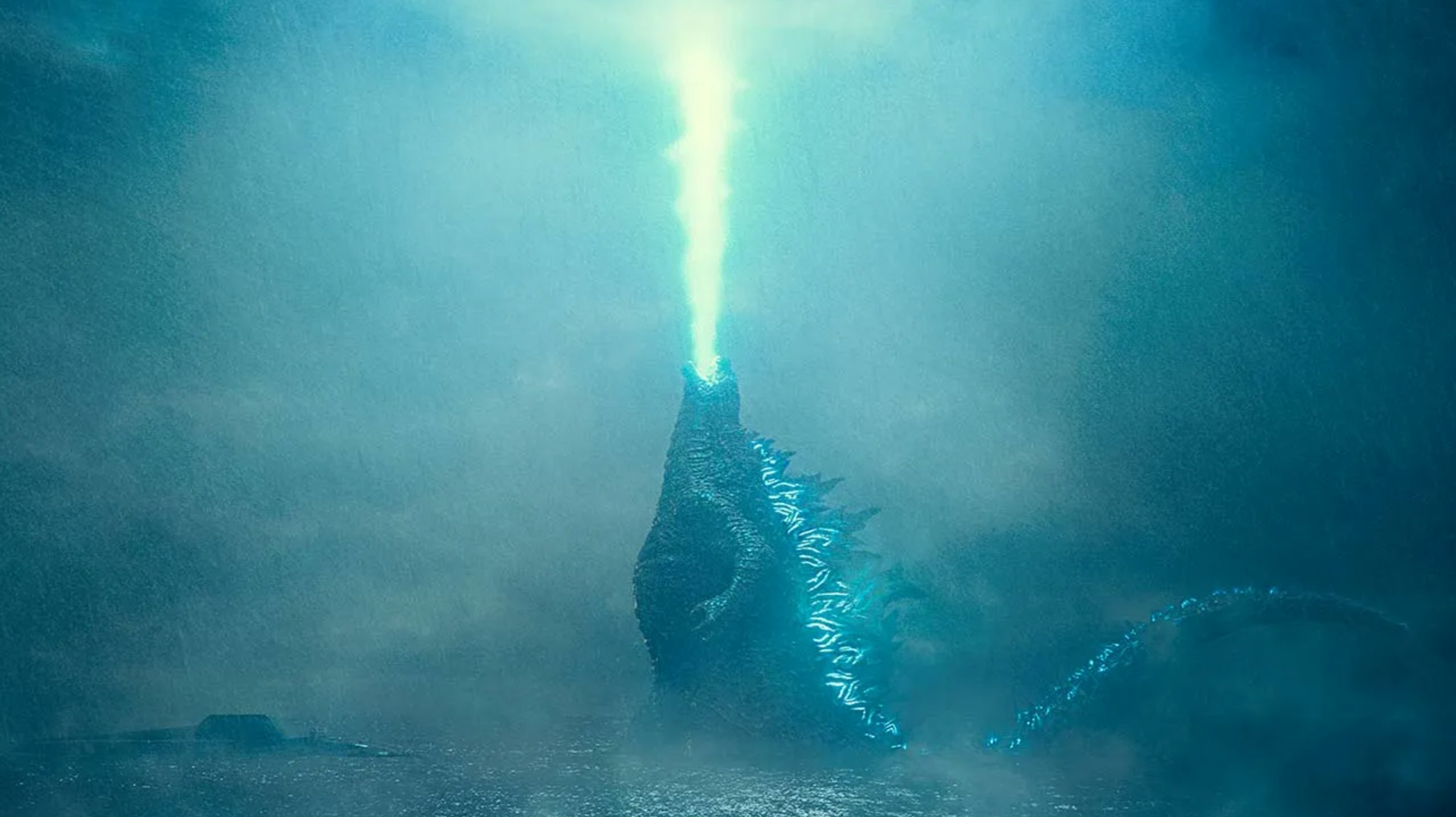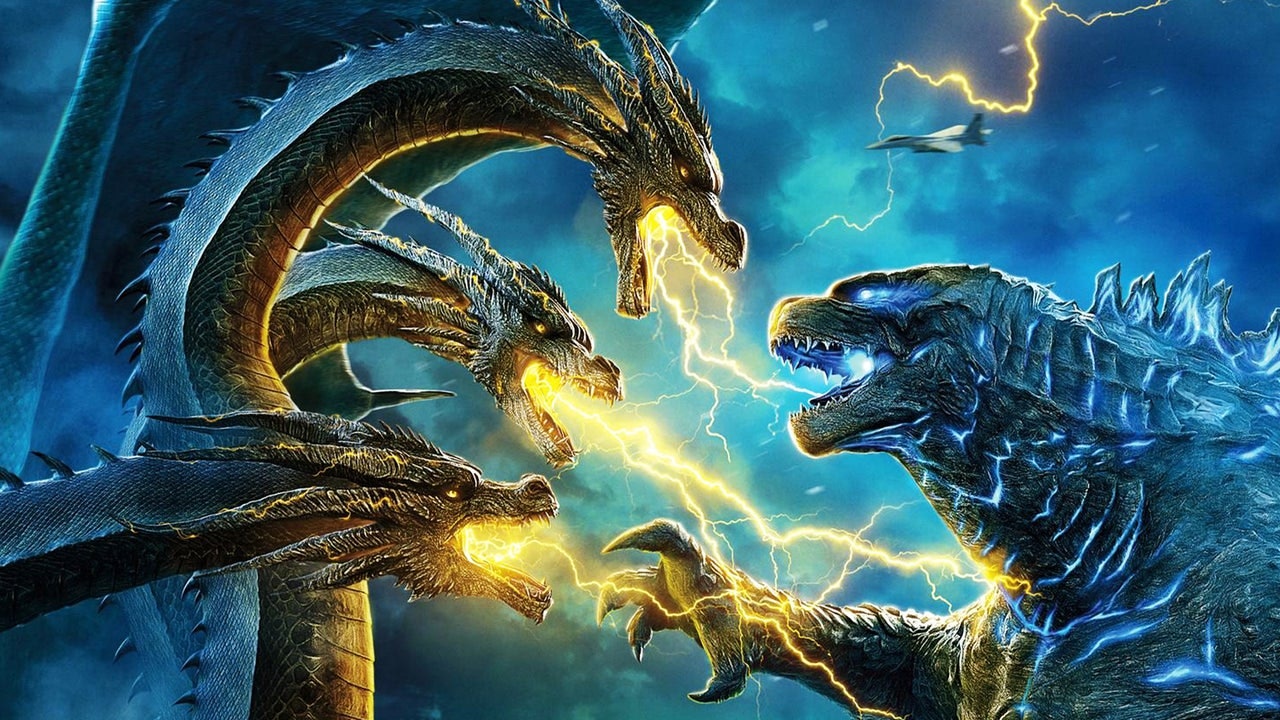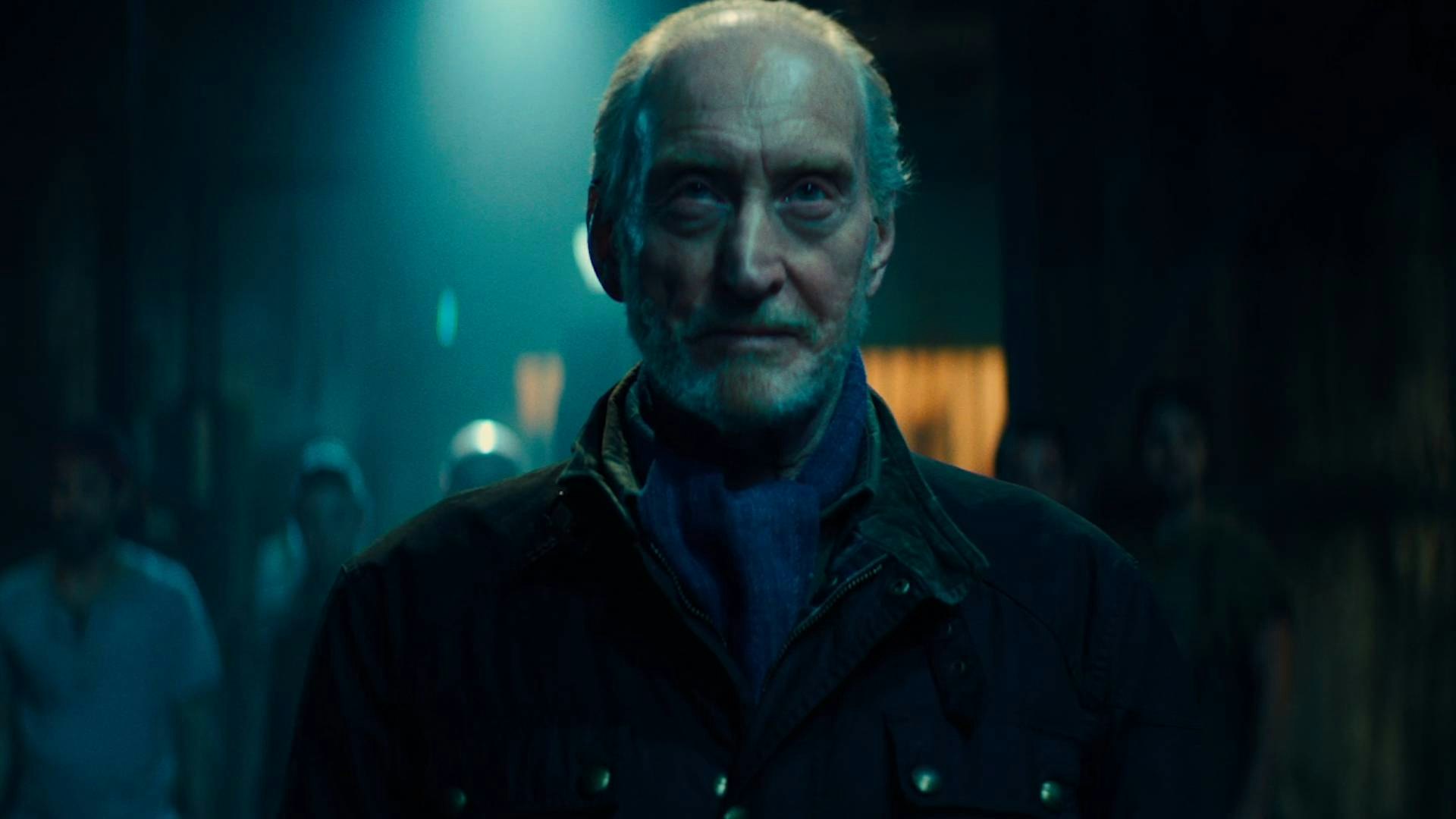
If you’re trying to find a substantial human plotline in Godzilla x Kong: The New Empire, good luck. Any prominent emotional arc in that film (currently the second highest grossing movie of 2024) belongs to its skyscraper-sized stars, creatures that have forced the diminutive real-life actors into performing little more than kaiju play-by-play. However, the MonsterVerse wasn’t always like this. And five years ago, one movie provided the tipping point for the franchise as it began the rapid shift from thoughtful meditations on the nature of Godzilla to unadulterated blockbuster spectacle.
After the success of 2014’s Godzilla reboot, directed by Gareth Edwards with a Spielbergian flair that’s only become more refreshing with time, a sequel seemed imminent. But when Edwards dropped out to focus on other projects, the gig went to Mike Dougherty. At this point, Dougherty was mostly known for writing superhero sequels like X2 and Superman Returns, and directing horror flicks like Trick ‘r Treat and Krampus. It’s in the latter category that Dougherty shines brightest. Trick ‘r Treat became a Halloween staple and a cult classic in no time, and both films relished in their cool creature designs. In other words, Dougherty knows his way around a monster.
That’s exactly where Godzilla: King of the Monsters succeeds. Dougherty provides some of the coolest kaiju sequences in the entire MonsterVerse, from Mothra’s birth to Godzilla’s stalking of the undersea station to Rodan’s awe-inspiring emergence from the mountain. His framing of King Ghidorah as a god-like entity that goes on a world tour tussling with any kaiju that’s ready to get smacked down does justice to the foe often considered Godzilla’s greatest. And while the film is essentially a WrestleMania for Godzilla and his most notable sparring partners, it rarely turns them into action figures. They aren’t massive superheroes. Yet.

A lot of this is in line with the 2014 film, something that rendered Godzilla as both beautifully grand and potentially apocalyptic. But as King of the Monsters progresses, there’s less and less devotion to developing their magnitude through any inspired cinematography or mood. By the end of the film, the monsters are mostly just there to bump into each other and make big laser effects. Obviously, one goes to these films with the hopes that they’ll see outsized spectacles, and King of the Monsters leaves us just short of overstuffed. But by the time the Kong-infused sequel rolled around, there was nowhere to go but to make it even flashier.
It doesn’t help that King of the Monsters begins a trend where most of the human roles in these films are ultimately disposable. Vera Farmiga and Charles Dance chew up as much scenery as they can as the leaders of an ecoterrorist group that see Godzilla and Company’s destruction of Earth as a kind of naturally ordained punishment for mankind. But the rest of the cast is left to provide a mixed bag of strained military jargon, ill-fitting comic relief, and dull exposition.

At the very least, the 2014 film gave us a brief, meaty supporting turn by Bryan Cranston as a kaiju-obsessed scientist, and used his globe-trotting soldier son to illustrate the size and horror of the newly awakened monsters. In King, the closest thing we get to effective characterization is the beleaguered Dr. Serizawa (Ken Watanabe), named after the tragic scientist from the 1954 Godzilla. This Serizawa ends up sacrificing himself here, too, though it’s to set off a nuke that will resuscitate a defeated Godzilla. Considering Godzilla’s original status as a metaphor for the nuclear terror of the atomic bomb and Japan’s post-WWII trauma, having the main Japanese character sacrifice himself to launch a nuclear weapon to help Godzilla is…questionable.
This is a trend that’s only gotten more pronounced as we reach the aforementioned Godzilla x Kong, a film that’s under no pretenses as to the importance of its human cast and offers up the monsters in playset fashion. As such, King of the Monsters serves as a kind of dividing line between the early stages of the MonsterVerse and its modern incarnation, which operates on pure escapism and unhinged fantasy. During one sequence in the latest film, Godzilla, Kong and their assorted foes leap and brawl from rock to rock in zero gravity, which is about as far as you can get from something like the bridge scene in the 2014 film where Godzilla is mostly viewed through a blurry school bus window.

Fueled by Bear McCreary’s fantastic score (which includes some bits from classic Godzilla films), Godzilla: King of the Monsters is simultaneously thrilling and numbing, exciting and overexposed. It understands that there are some truly majestic things to be done with its central kaiju, but it disintegrates its human cast in its quest to achieve as much of them as possible. In doing so, it created a precedent for the MonsterVerse’s future, one that it will likely never come back from. The toy box has been dumped on the floor and the kaiju battle royale is now a free-for-all.







